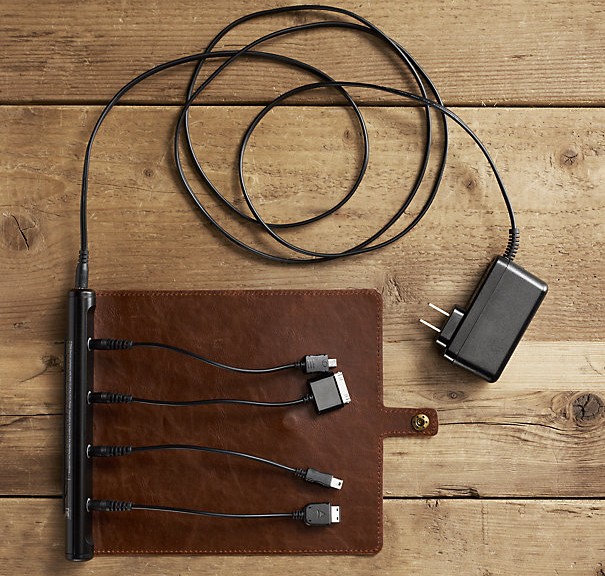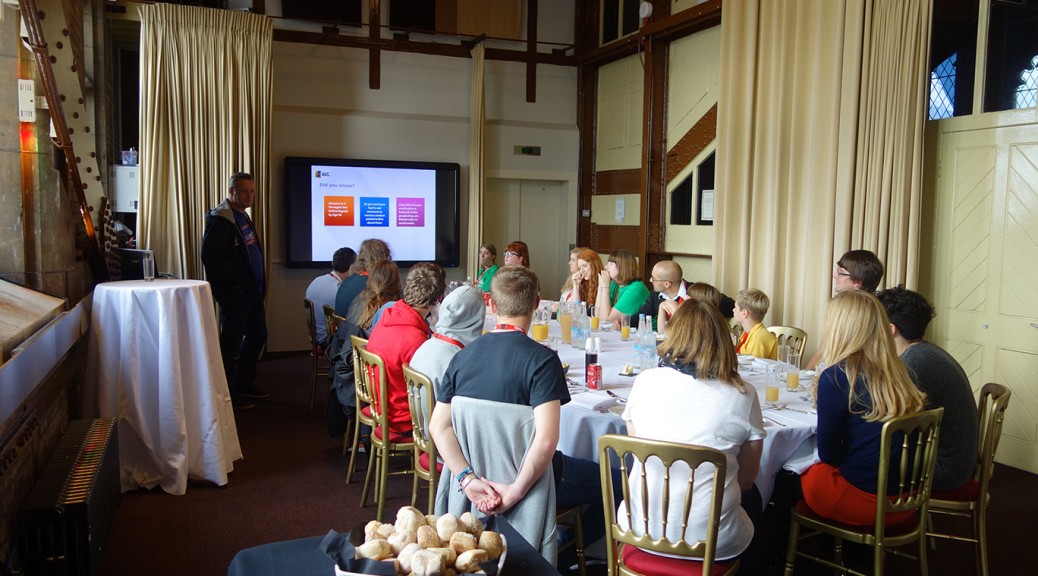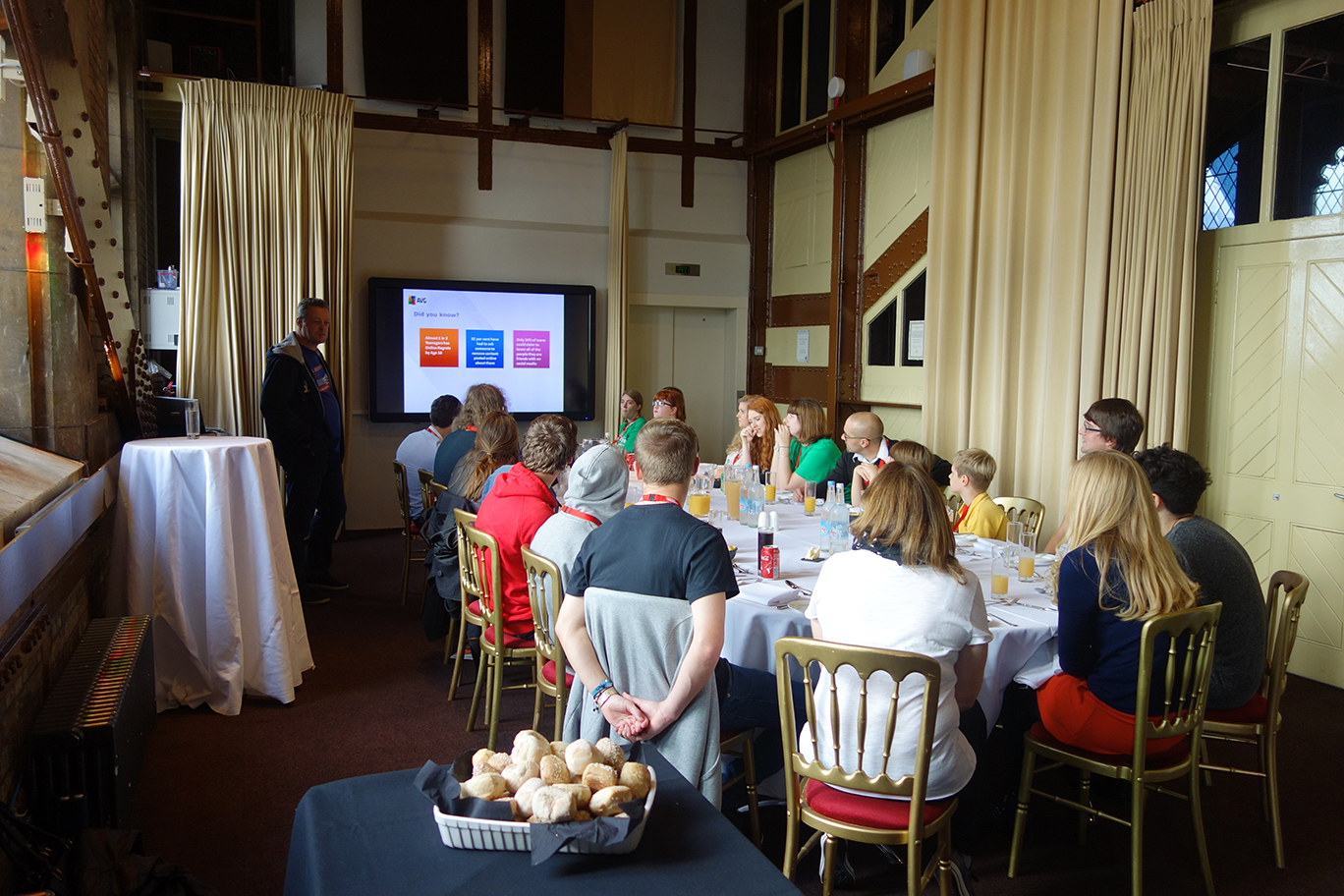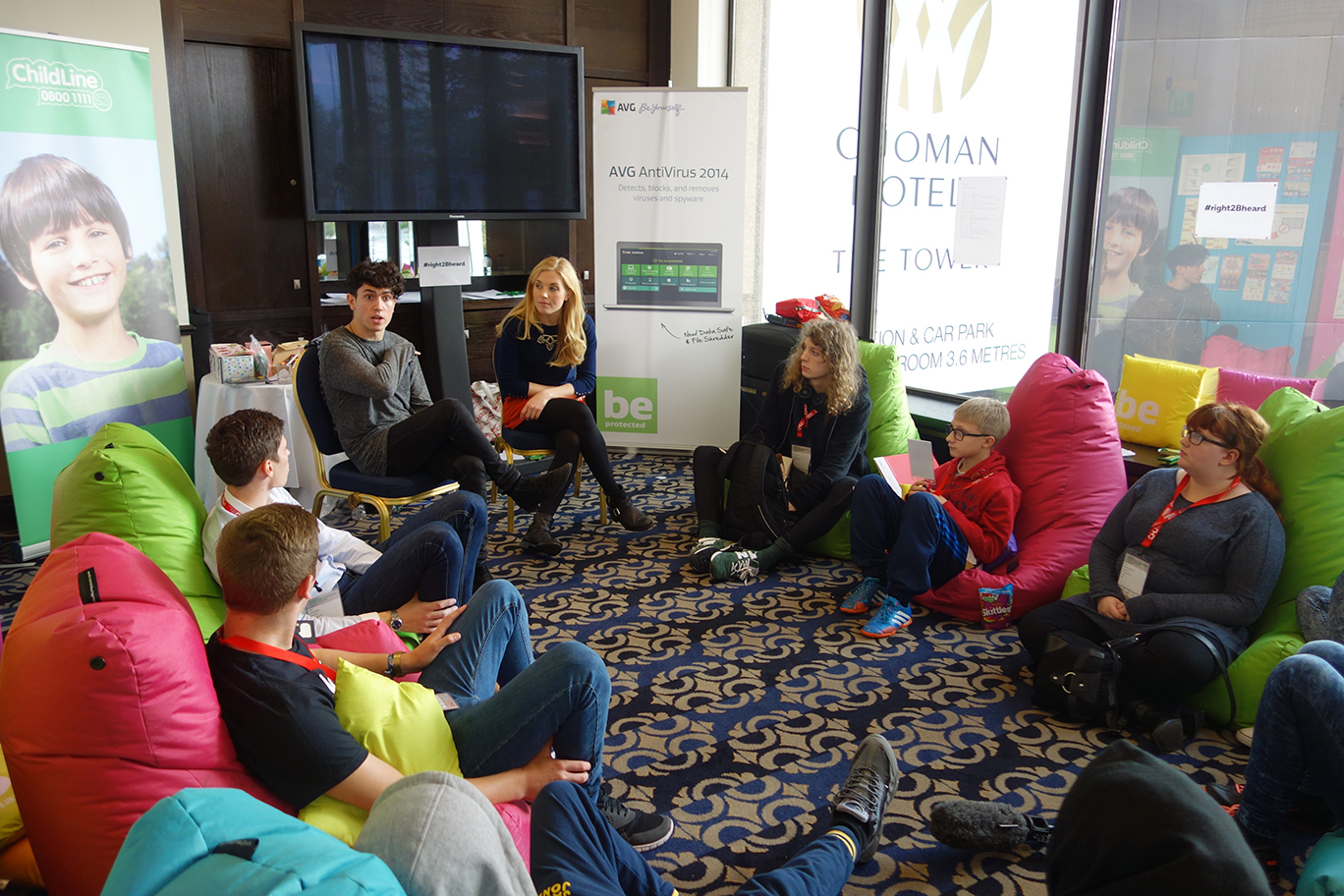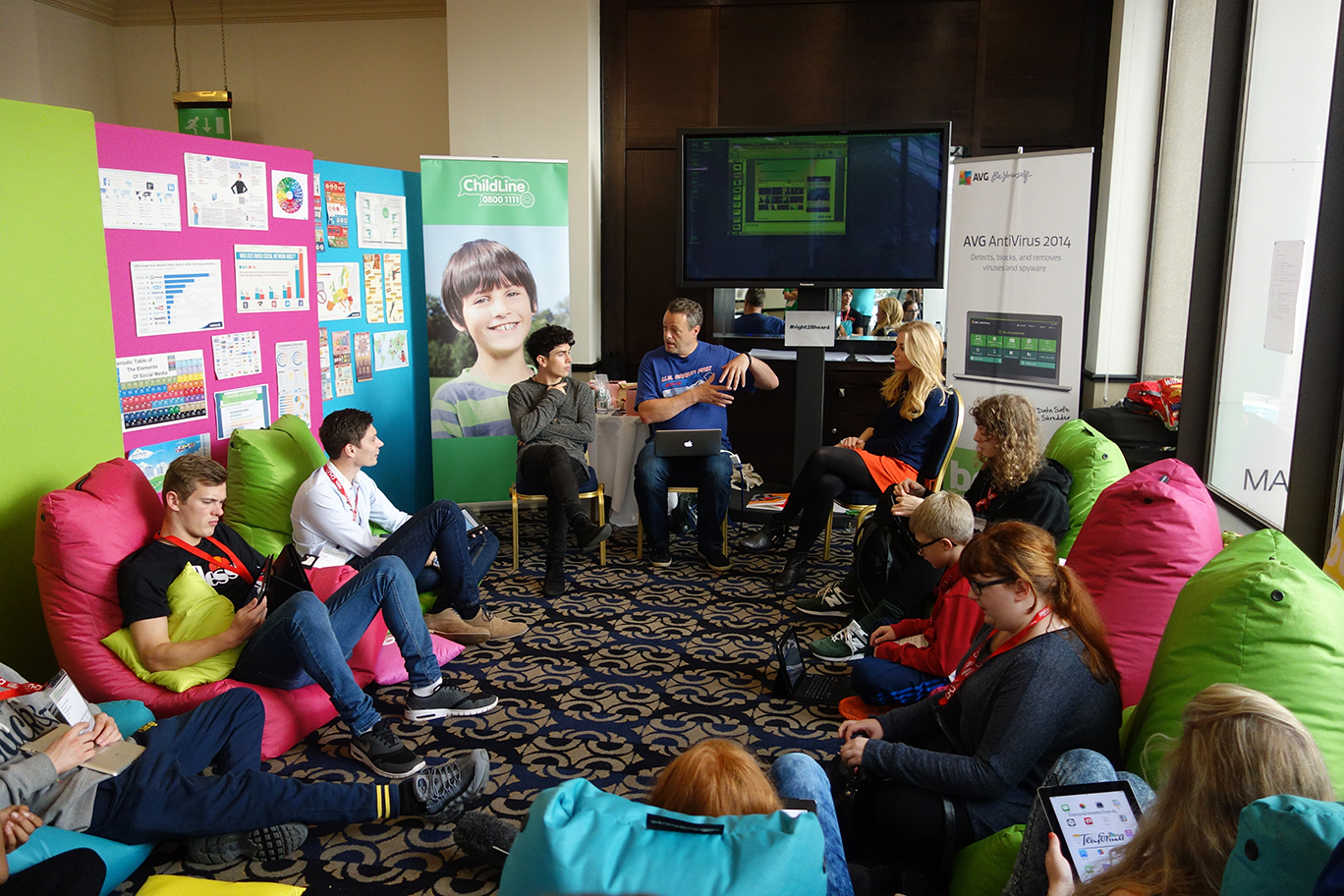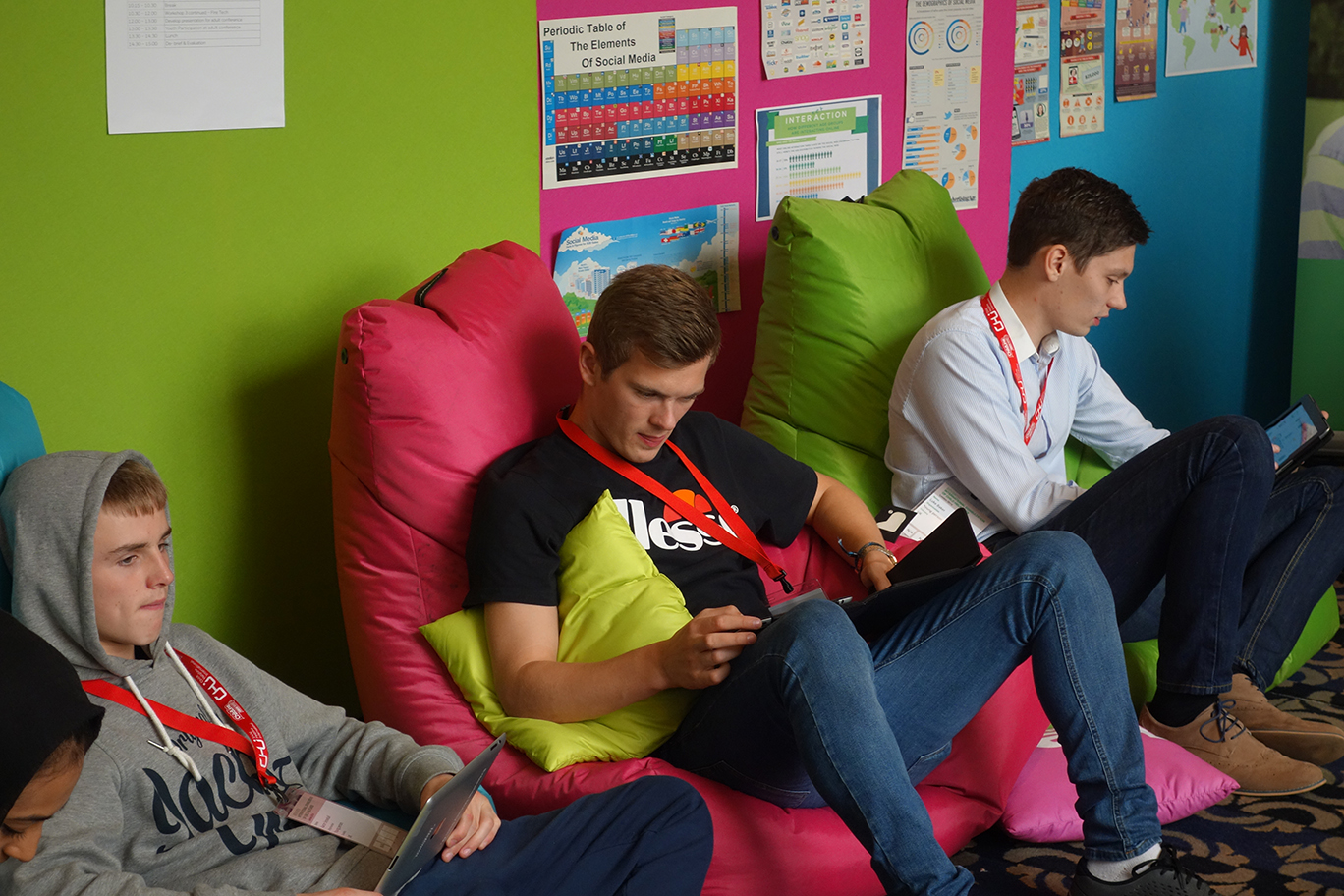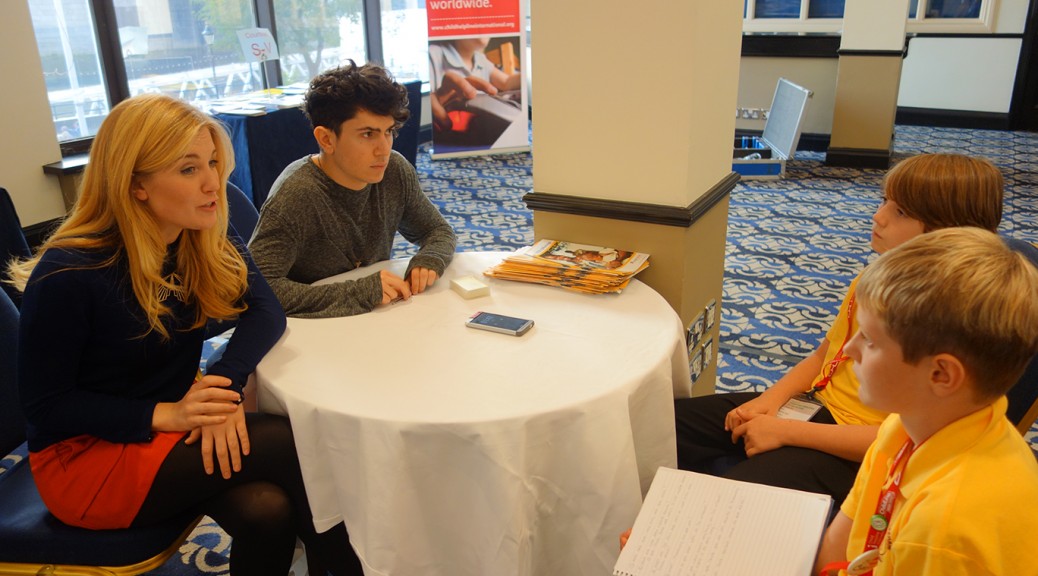These gifts will definitely make your loved ones feel special this holiday, even if they are not very tech savvy.
Under $50

Winner: Roll Up Travel Charger ($49). I travel a lot and love the simplicity of this travel charger from Restoration Hardware. Not only can it charge up to four gadgets simultaneously, but the roll up design keeps cables out of sight. Perfect!
Runner up: Belkin Bluetooth Receiver ($40). Play music straight from your phone or tablet onto any stereo with a tiny $40 dongle from Belkin.
$50-100
Winner: Virtual Keyboard ($99). Many of us, not just seniors, have problems typing out texts on our iPhones or tablets. This is especially true when the message goes beyond LOL!
With a virtual keyboard, you can turn any flat surface into a QWERTY-friendly environment. I like the Brookstone Virtual Keyboard.
Runner Up: Amazon Kindle ($79). I’ve written before about my love of reading and I still believe that e-readers make great gifts for anyone who enjoys a book. Not only that but many classic novels are available for the Kindle for free!
$100+
Winner: Photo Cube Mini Printer ($150). Holidays are a time for gatherings and that means picture taking. However, printing pictures that you’ve taken on your phone can be a bit of a hassle.
The printing experts at VuPoint have a solution. The new-millennium version of the Kodak Instamatic, the Photo Cube Printer will instantly print photos straight from any device. No computer needed.
Runner Up: Ringly ($195). What looks like a cocktail ring, is actually a smart device, synced to your phone. It uses vibrations and colored lights to inform you of any calls or messages so you can keep your phone out of sight.
Charitable Causes
I’m looking to make this holiday season more meaningful by giving back. I love the fact that “Giving Tuesday” is taking hold as a holiday shopping idea.
Here are some tips to finding that perfect gift with a conscience:
NPR Giving Gift List:
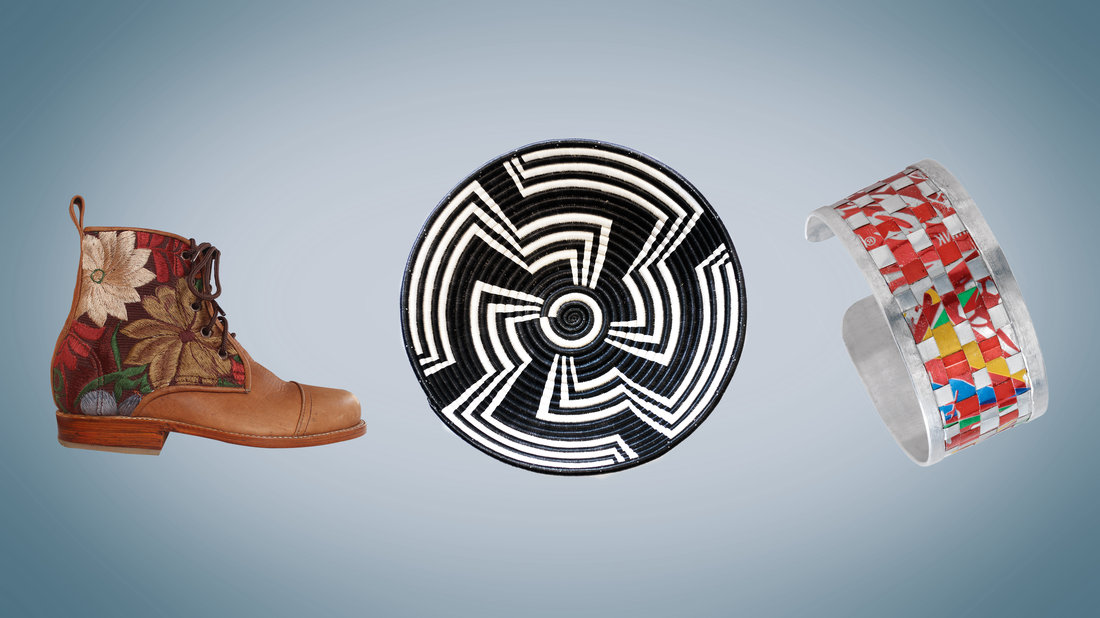
NPR have created a marvelous Giving Gift List encouraging people to donate their money or time to a good cause and/or by purchase handmade gifts from craftspeople in some of the worlds’ struggling countries.
The list contains beautifully curated and intriguing items– from Guate Custom Boots from Central America for $200 to a Bamboo Bicycle Holder from Ghana priced at $20.
One World Children’s Fund

One World Children’s Fund has many worthwhile projects deserving your support. Personally, I am treasuring a beautiful handmade basket I received from a friend’s charitable organization supporting a secondary school in Tanzania called Tinga Tinga that emphasizes education for girls.
I wish we could set aside every Tuesday as Giving Tuesday. Here’s wishing you happy holidays and I hope this gives you some great gift ideas and a little giving inspiration!
